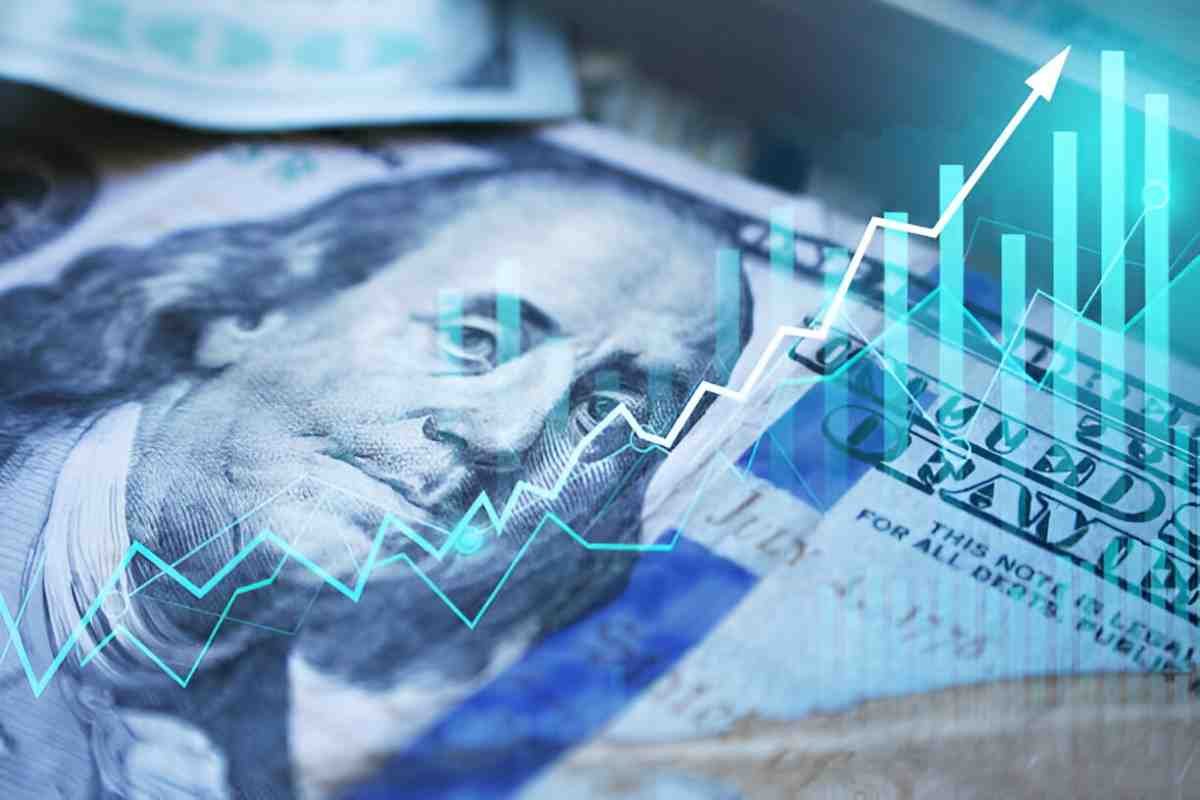What Is Option Money?
Option money refers to the fee a buyer pays a seller for the exclusive right to purchase an asset at a predetermined price within a specified period. It is common in real estate and financial markets, particularly in options trading. This payment is non-refundable and compensates the seller for granting the buyer the privilege to buy without obligation.
Table of Contents
The Role of Option Money in Financial Markets
In financial markets, option money applies primarily to options contracts, which are derivatives that derive their value from underlying assets such as stocks, commodities, or indices. Investors use options to hedge risks or speculate on price movements. The price of an option contract is called the premium, which consists of intrinsic value and time value.
Intrinsic Value and Time Value: The intrinsic value of an option is the difference between the current market price of the underlying asset and the strike price of the option.
- For a call option, intrinsic value is calculated as:
For a put option, intrinsic value is:
\text{Intrinsic Value} = \max(0, \text{Strike Price} - \text{Market Price})The time value of an option depends on the time remaining until expiration and the volatility of the underlying asset.
Option Money in Real Estate
In real estate, option money allows a buyer to lock in a purchase price while conducting due diligence. Unlike earnest money, which contributes to the purchase price, option money serves as compensation for the seller regardless of whether the buyer proceeds with the purchase.
| Feature | Option Money | Earnest Money |
|---|---|---|
| Refundable? | No | Yes, under conditions |
| Purpose | Buying time for due diligence | Showing intent to buy |
| Contribution to Purchase Price? | No | Yes |
Example Calculation in Real Estate
Suppose a buyer agrees to pay $500 in option money for the right to purchase a property for $250,000 within 30 days. If the buyer backs out, the seller keeps the $500. If the buyer proceeds, the $500 does not reduce the purchase price.
Options Trading: Call and Put Options
A call option gives the buyer the right to buy, while a put option gives the right to sell. Consider an investor who buys a call option on Apple stock with a strike price of $150 and a premium of $5. If Apple’s stock rises to $170, the profit is:
\text{Profit} = (\text{Market Price} - \text{Strike Price}) - \text{Premium} = (170 - 150) - 5 = 15 per share.
Factors Affecting Option Prices
- Underlying Asset Price: Higher prices increase call option value and decrease put option value.
- Strike Price: A lower strike price increases call option value, while a higher strike price increases put option value.
- Time to Expiration: Longer time increases option value.
- Volatility: Higher volatility increases both call and put option premiums.
- Interest Rates: Higher rates can increase call option value and decrease put option value.
- Dividends: Higher dividends reduce call option value and increase put option value.
The Black-Scholes Model
The Black-Scholes formula calculates option prices. The equation is:
C = S_0 N(d_1) - Xe^{-rt} N(d_2)where:
- C is the call option price
- S_0 is the current stock price
- X is the strike price
- r is the risk-free rate
- t is time to expiration
- N(d_1) and N(d_2) are cumulative probability functions
Conclusion
Option money plays a crucial role in real estate and financial markets. Whether you’re securing a home or hedging risk, understanding option money helps make informed decisions. Beginners should grasp the fundamentals before engaging in transactions.





